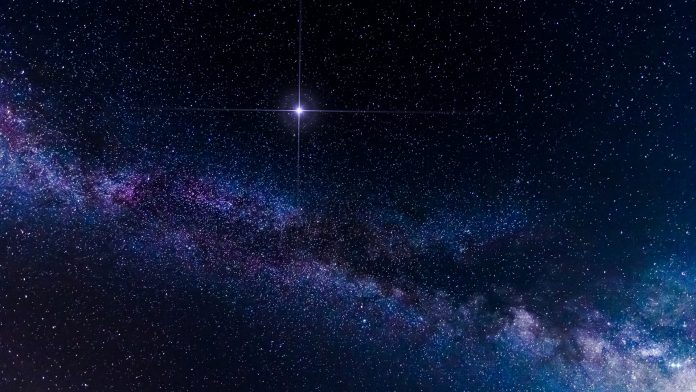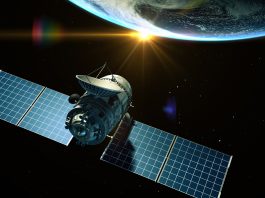New research results indicate that artificial objects in orbit around Earth contribute more to light pollution than was previously thought.
The research, which has been accepted for publication in Monthly Notices of the Royal Astronomical Society: Letters, has found that that the number of objects orbiting Earth could raise the brightness of the night sky by more than ten percent above natural light levels across a large part of the planet. This would exceed the set threshold for considering a location “light polluted”.
Miroslav Kocifaj of the Slovak Academy of Sciences and Comenius University in Slovakia, who led the study, commented: “Our primary motivation was to estimate the potential contribution to night sky brightness from external sources, such as space objects in Earth’s orbit.
“We expected the sky brightness increase would be marginal, if any, but our first theoretical estimates have proved extremely surprising and thus encouraged us to report our results promptly.”
This research is the first to look at the overall impact of space objects on the night sky, as opposed to that of individual satellites and space debris.
The research team, based at institutions in Slovakia, Spain and the US, modelled the contribution of space objects to the brightness of the night sky, through use of the known distributions of the sizes and brightnesses of the objects as inputs to the model.
The study includes operational satellites, on top of various debris such as spent rocket stages. While telescopes and sensitive cameras often resolve space objects as discrete points of light, low-resolution detectors of light such as the human eye see only the combined effect of many such objects.
The effect is an overall increase in the diffuse brightness of the night sky, which could obscure sights like the glowing clouds of stars in the Milky Way, as seen away from the light pollution of cities.
“Unlike ground-based light pollution, this kind of artificial light in the night sky can be seen across a large part of the Earth’s surface,” explained John Barentine, Director of Public Policy for the International Dark-Sky Association and a study co-author.
“Astronomers build observatories far from city lights to seek dark skies, but this form of light pollution has a much larger geographical reach,” he added.
Previously, astronomers have voiced uneasiness about the growing number of objects orbiting the planet, especially large fleets of communications satellites known colloquially as ‘mega-constellations’.
This technology, as well as adding to light pollution of the night sky, increases the chances of satellite collisions, which could result in further debris.
The new results indicate a further brightening of the night sky, which is proportional to the number of new satellites launched and their optical characteristics while in orbit.
Going forward, the researchers hope that their work will have a positive impact on the dialogue between satellite operators and astronomers concerning ways to best manage the orbital space around the Earth.









